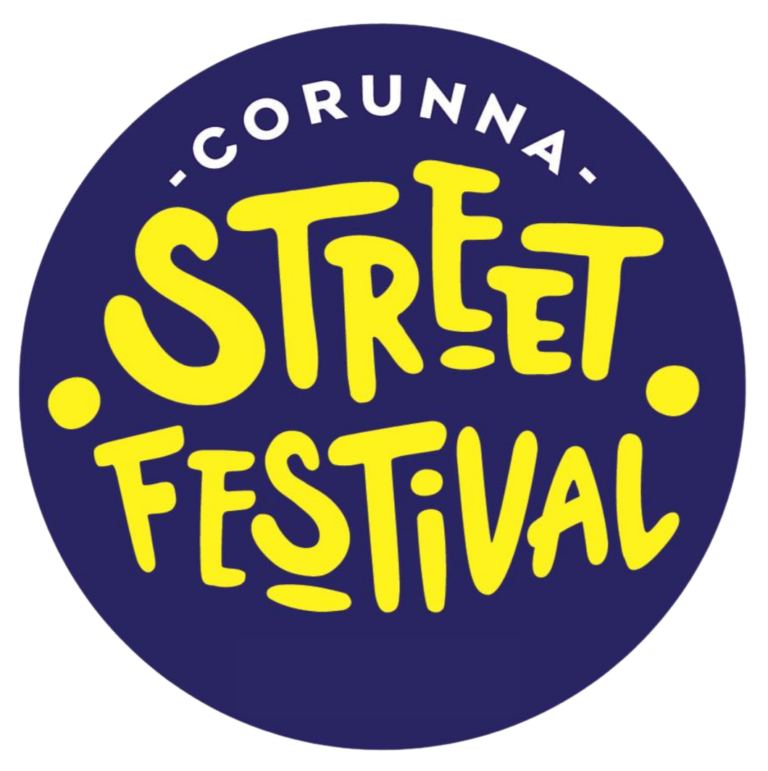
September 20th, 10am-3pm
September 20th, 10am-3pm
September 20th, 10am-3pm
September 20th, 10am-3pm
September 20th, 10am-3pm
September 20th, 10am-3pm
September 20th, 10am-3pm
September 20th, 10am-3pm
September 20th, 10am-3pm
September 20th, 10am-3pm
HISTORY
In 2023, Corunna celebrated 200 years since being proposed as a site for the Capital of Canada.
In 1823, Lord William Beresford was sent from England to the present day site of Corunna to perform a survey of a heavily wooded area along the mighty St. Clair River. This was to be a possible site for the capital of what was then Upper and Lower Canada, along with the sites of York (Toronto) and Kingston. Beresford named the streets after his fellow British Army Officers under their Commanding Officer, Sir John Moore from the battle of La Coruna in Spain.
After a few years, changes in the layout out of the town were made the final survey of 1837 was accepted and Corunna was slowly settled. A cairn (on Hill Street at Baird Street) currently marks the 10 acre site called St. George’s Square that was to be the center of the city.
As with most pioneer towns, it hosted a number of businesses and industries. Adjacent Stag Island was a tourist destination for many years and Corunna became established with a post office in 1852. The population grew significantly with the building of Polymer in the 1940s. Today Corunna continues to be a vibrant, thriving town. During the time between surveys, the signing of Treaty 29 with the Chippewa Nation was made in 1827, This included a vast stretch of land that included Corunna.
Sadly, Corunna did not become the capital of Canada due to it’s close proximity to the United States.
